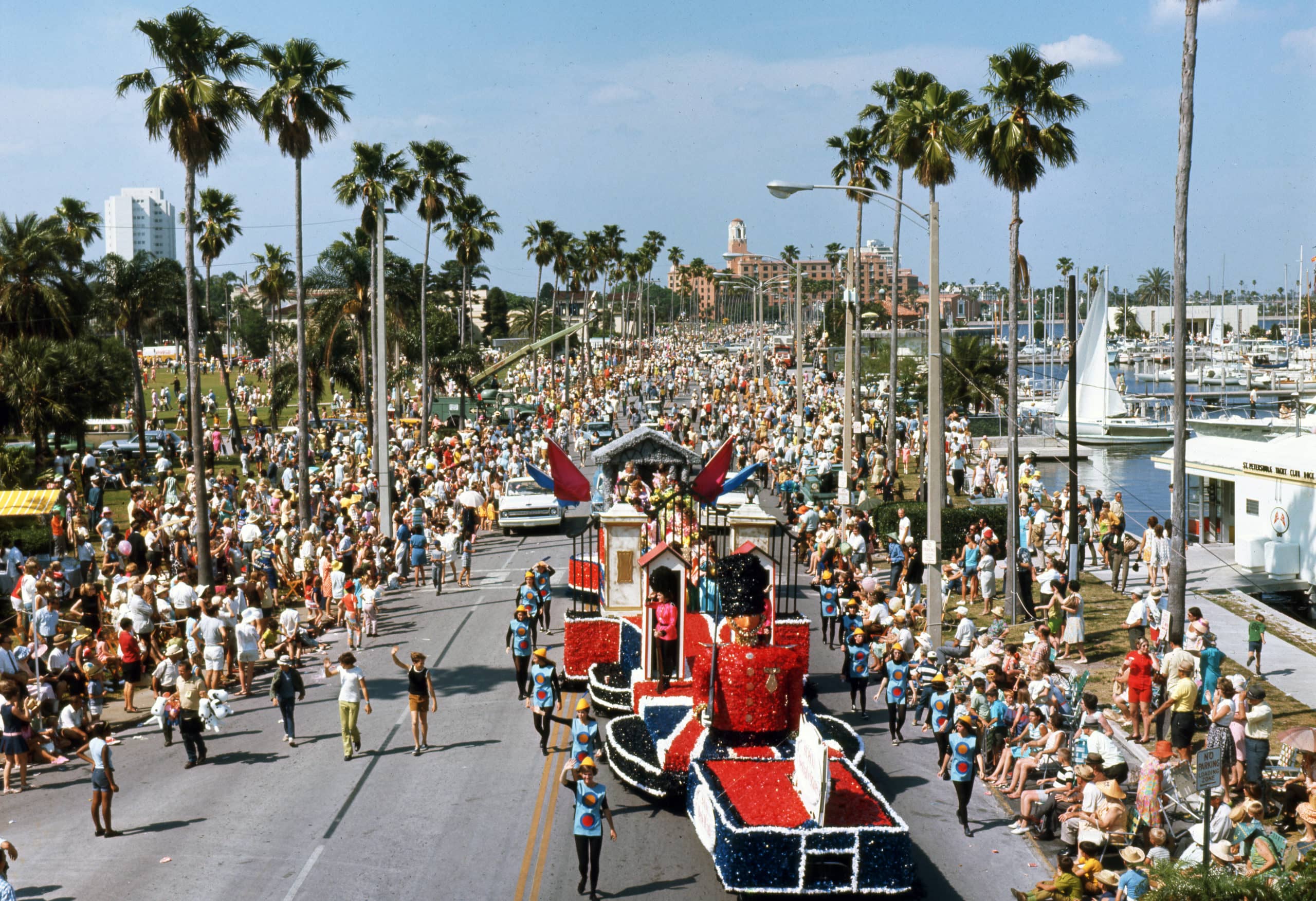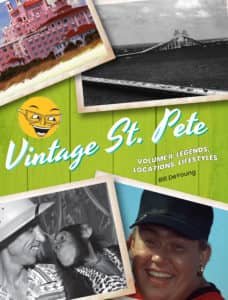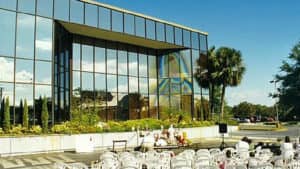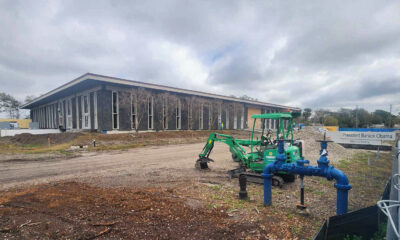Explore the city’s ‘alt-history’ with ‘Vintage St. Pete Volume II’

They say you don’t really appreciate your hometown until you move away.
I left St. Petersburg when I was 21, off to college and a career in journalism. I came back several decades later, when my kids had grown up and the world was weaning itself off of newspapers, where I’d learned to write and edit.
I was fortunate to land at the St. Pete Catalyst just as it was launching – a new journalism model. As it turned out, the skills I’d honed for all those years served me (and the Catalyst, I like to think) well.
I wear several hats here, and one of them is the author of the Vintage St. Pete series. These stories (there have been more than 50, so far) allow me to combine my love of research, and history, with a natural and unquenchable curiosity about my hometown.
 Vintage St. Pete Volume II: Legends, Locations, Lifestyles is published this week by St. Petersburg Press, a division of the same company that owns the Catalyst. It’s the second hardcover, print collection of my Vintage St. Pete stories. As with Volume I, there are 22 of them in this new book.
Vintage St. Pete Volume II: Legends, Locations, Lifestyles is published this week by St. Petersburg Press, a division of the same company that owns the Catalyst. It’s the second hardcover, print collection of my Vintage St. Pete stories. As with Volume I, there are 22 of them in this new book.
Although some of the tales are about well-known cornerstones of 20th Century history (aviator Tony Jannus’ first flight across Tampa Bay, the origins of the Vinoy, the Don CeSar and the Sunshine Skyway Bridge), a good portion of Volume II consists of what might be termed “alt-history.”
This is the stuff you won’t find in the other books about St. Petersburg.
There are few who remember the beach museum dedicated to Confederate money, or the massive Florida Wildlife Ranch on 4th Street, operated by a former circus aerialist and three little people who’d played Munchkins in The Wizard of Oz.
Or Florida Aflame, the outdoor drama presented in Philippe Park, so bad that it folded after half a season, leaving Pinellas County holding the bag for a 1,700-seat amphitheater and a closet full of Seminole costumes.
These are no mere “re-reporting” jobs. In most cases, I tracked down and spoke with those involved, or their family members, to get their personal recollections.

Captain Mac. WSUN photo.
I researched colorful characters, some unforgettable like Captain Mac, the area’s first kiddie-TV host, and some notorious (painter George Snow Hill, whose “racist” mural in a City Hall stairwell led to one of the most galvanizing local stories of the 1960s).
Then there’s the scandalous John 3:16 Cook, who ran a series of homeless shelters while lying, cheating and stealing his way through the ‘70s before being less-than-politely asked to leave St. Pete and never come back.
The movies are covered with a behind-the-scenes look at the John Candy comedy Summer Rental, shot on St. Pete Beach, and detailed examinations of the many times St. Pete was used by Hollywood for “location shoots,” from Dead Reckoning and Strategic Air Command to Ocean’s 11 and Magic Mike.

“Route 66.” CBS.
I’d never seen the early ’60 TV series Route 66, but as a kid I’d heard stories about the episodes filmed on Tierra Verde and up at Weeki Wachee Springs. I discovered there were actually four episodes made here, including the series finale – a two-parter, actually – with a cliffhanger that showed series star Martin Milner unceremoniously tossed from the top of the Sunshine Skyway.
Want to learn about Bob Dylan’s 1976 concerts for the TV cameras in the ballroom of the old Belleview Biltmore hotel? Or the Sunday afternoon, nine years later, which found Tom Petty and the Heartbreakers performing (again, for the cameras) on the “moon garden” roof of the Don CeSar?
Both stories are in this book.
From the “If these walls could talk” department, Vintage St. Pete Volume II lays out the full stories of some of the city’s most legendary establishments – Haslam’s Books, the Royal Theatre, the Beach Theatre and the Playhouse Theatre. All of which have rich, colorful histories (did you know, for example, that the Hall of Fame rock trio Rush played its first Florida concert in the Playhouse, when it was being used as a teen nightclub?)

“Our Lady of Clearwater.” File photo.
The final two stories couldn’t be more different – one is on the decades of celebrity dinner theaters that prospered here in the 1970s and ‘80s, and the other relates the bittersweet saga of “Our Lady of Clearwater,” the image that appeared on the outside of an office building in 1996, an image tens of thousands believed depicted the Virgin Mary.
St. Petersburg today is a city in motion. Things change so quickly, what was here today may well be gone tomorrow. With Vintage St. Pete Volume II: Legends, Locations, Lifestyles, time – just for a moment – stands still.
Now available at Tombolo Books, and through the St. Petersburg Press website.







